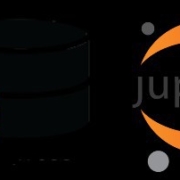In this article, I will explain how to execute a Java method once or on Mulesoft Application Startup. With this approach, we can add or execute some needed tasks before a Mule Application fully deployed such as User Notification or Data Clean-Up (Truncation of Database Tables or purging of files from the temporary storage within the server).
First, we need to create a Custom Java Class that implements the interface MuleContextNotificationListener<MuleContextNotification> and override the onNotification() method. We also need to make sure that our startup logic should run after the Mule Context started.











